In recent weeks, more and more information has appeared on the Internet, which deals with the news and upcoming changes of this year's iPhone 13 series. It should be officially revealed to the world already in September, and it is therefore not surprising that the whole world is interested in various speculations. We ourselves have informed you about a number of potential changes through articles. However, we have not mentioned one of them many times, while it is about most likely nothing new at all. We are talking about the implementation of support for Wi-Fi 6E.
What is Wi-Fi 6E
The trade association Wi-Fi Alliance first introduced Wi-Fi 6E as a solution for opening up the unlicensed Wi-Fi spectrum, which can solve problems with frequent network congestion. Specifically, it unlocks new frequencies for subsequent use by phones, laptops and other products. This seemingly simple step will noticeably improve the creation of a Wi-Fi connection. In addition, the new standard is unlicensed, thanks to which manufacturers can start implementing Wi-Fi 6E right away - which, by the way, is expected from Apple with its iPhone 13.
Nice render of the iPhone 13 Pro:
Only last year, the Federal Communications Commission chose Wi-Fi 6E as the new standard for Wi-Fi networks. Although it doesn't seem like it at first glance, it is quite a big deal. Kevin Robinson of the Wi-Fi Alliance even commented on this change by saying that it is the most monumental decision regarding the Wi-Fi spectrum in history, that is, in the last 20 years that we have been working with him.
How it actually works
Let's now take a look at what the new product actually does and how it improves the Internet connection. Currently, Wi-Fi uses frequencies to connect to the Internet on two bands, i.e. 2,4 GHz and 5 GHz, which offers a total spectrum of around 400 MHz. In short, Wi-Fi networks are extremely limited, especially in moments when several people (devices) are trying to connect at the same time. For example, if one person in the household is watching Netflix, another is playing online games, and the third is on a FaceTime phone call, this can cause someone to experience problems.
It could be interest you
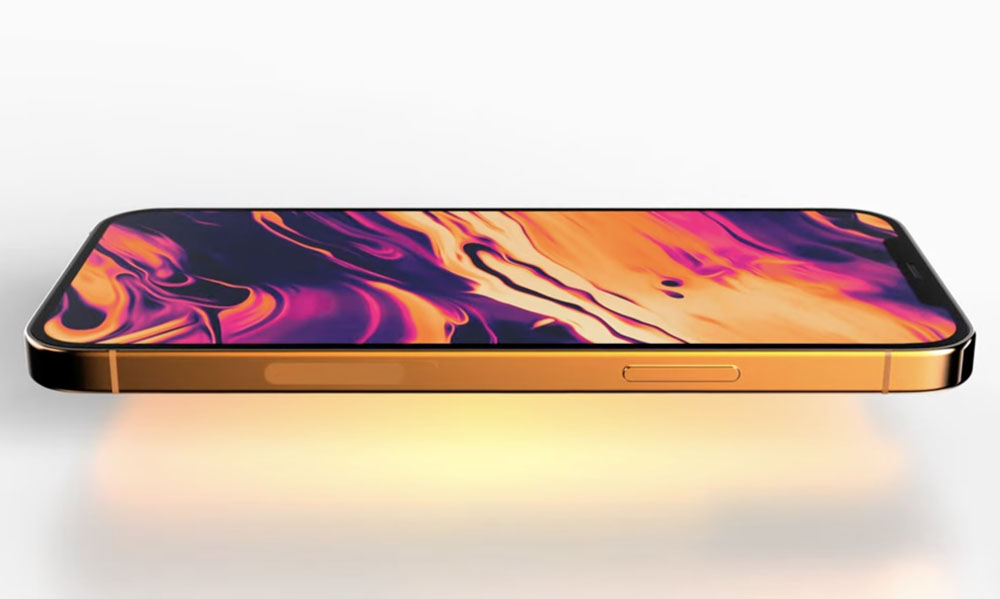
The 6GHz Wi-Fi network (i.e. Wi-Fi 6E) can solve this problem with a more open spectrum, much to three times higher, i.e. around 1200 MHz. In practice, this will result in a significantly more stable Internet connection, which will work even when multiple devices are connected.
Availability or first trouble
You might have wondered how to actually start using Wi-Fi 6E. The truth is that it is not that simple. For that, you need a router that actually supports the standard itself. And here comes the stumbling block. In our region, such models are practically not even available and you would have to bring them, for example, from the USA, where you will pay over 10 crowns for them. Modern routers only support Wi-Fi 6 using the same bands (2,4 GHz and 5 GHz).
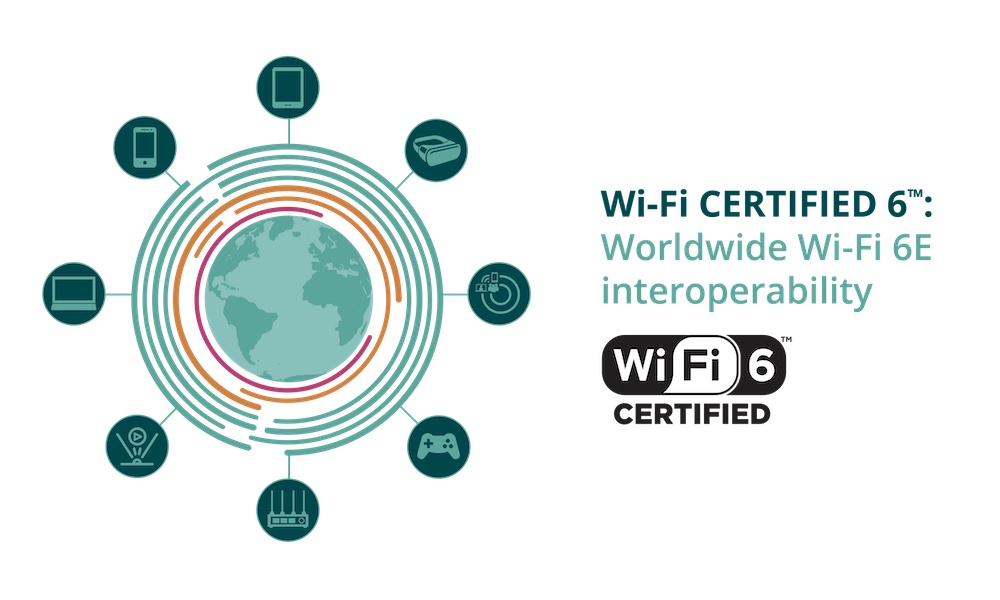
But if the support really arrives in the iPhone 13, it is possible that it will be a light impulse for other manufacturers as well. In this way, Apple could start the entire market, which would again move a few steps forward. At the moment, however, we cannot predict exactly how it will turn out in the final.
Is the iPhone 13 worth buying because of Wi-Fi 6E?
Another interesting question arises, i.e. whether it is worth buying iPhone 13 just because of Wi-Fi 6E support. We can answer that almost immediately. No. Well, at least for now. Since the technology is still not widespread and practically still has no use in our regions, it will take some time before we can at least try it out, or rely on it every day.
It could be interest you

In addition, the iPhone 13 should offer a more powerful A15 Bionic chip, a smaller upper notch and better cameras, while the Pro models will even get a ProMotion display with a 120Hz refresh rate and Always-on display support. We can probably count on a number of other novelties that Apple will show us relatively soon.
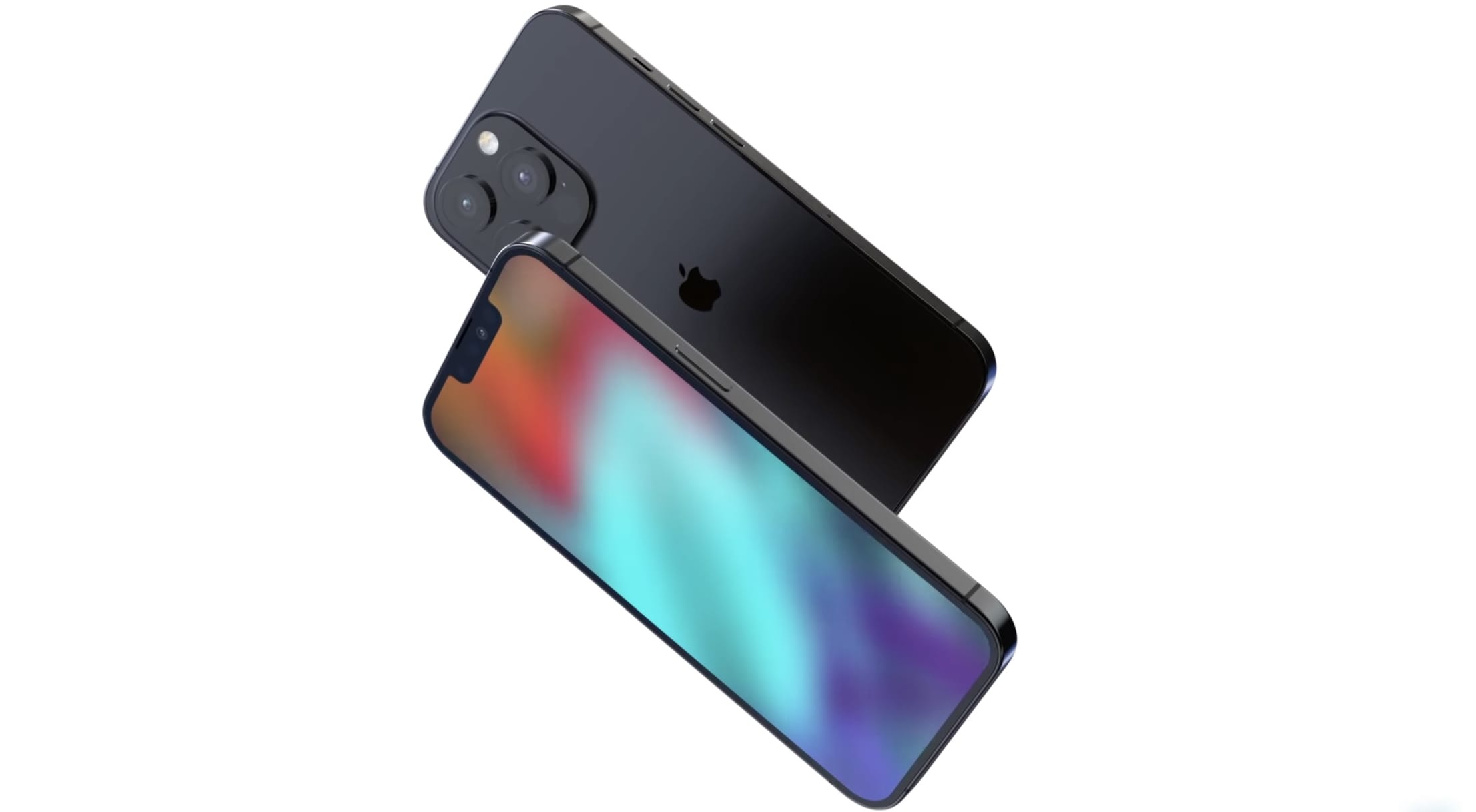

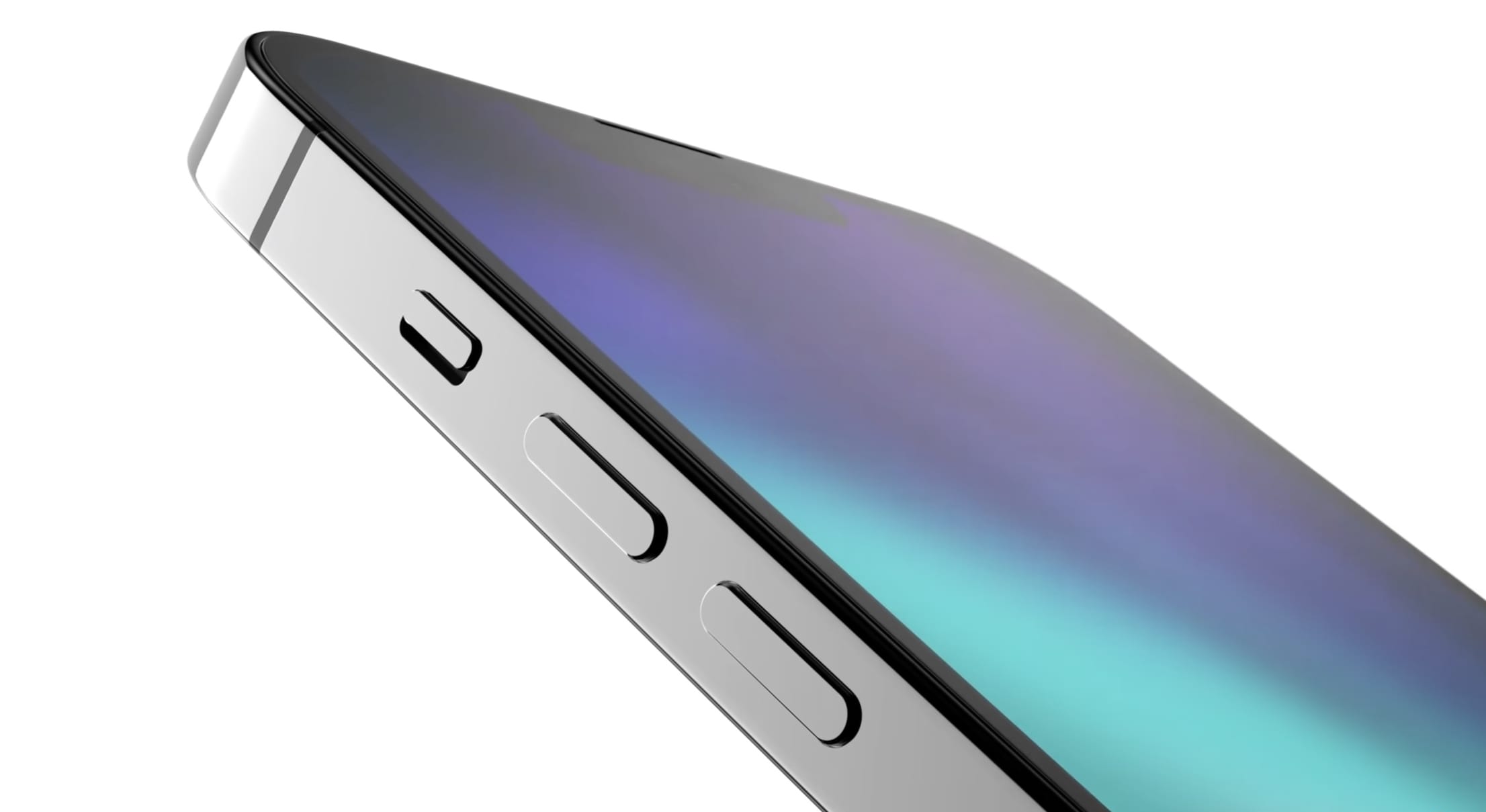
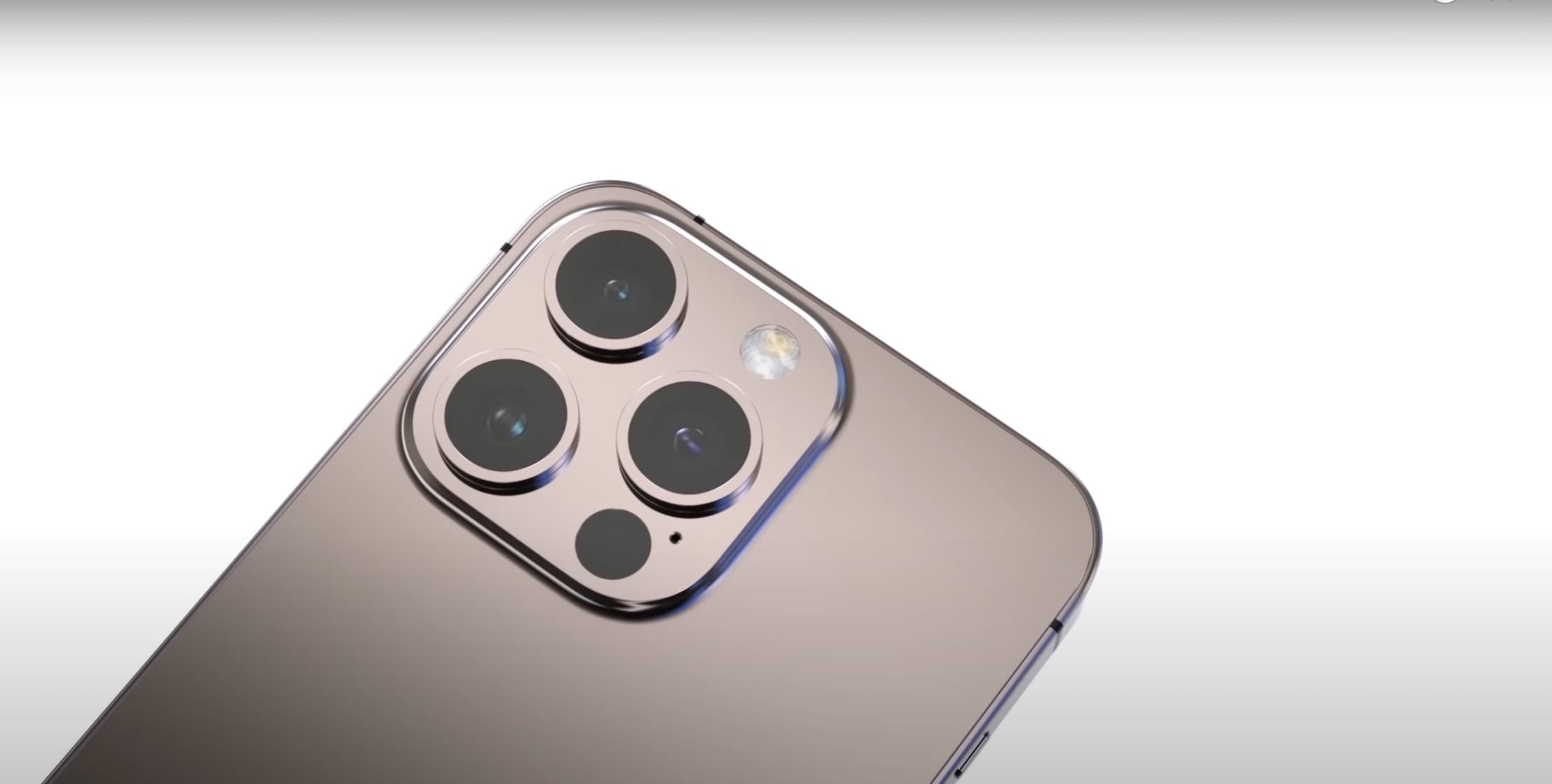

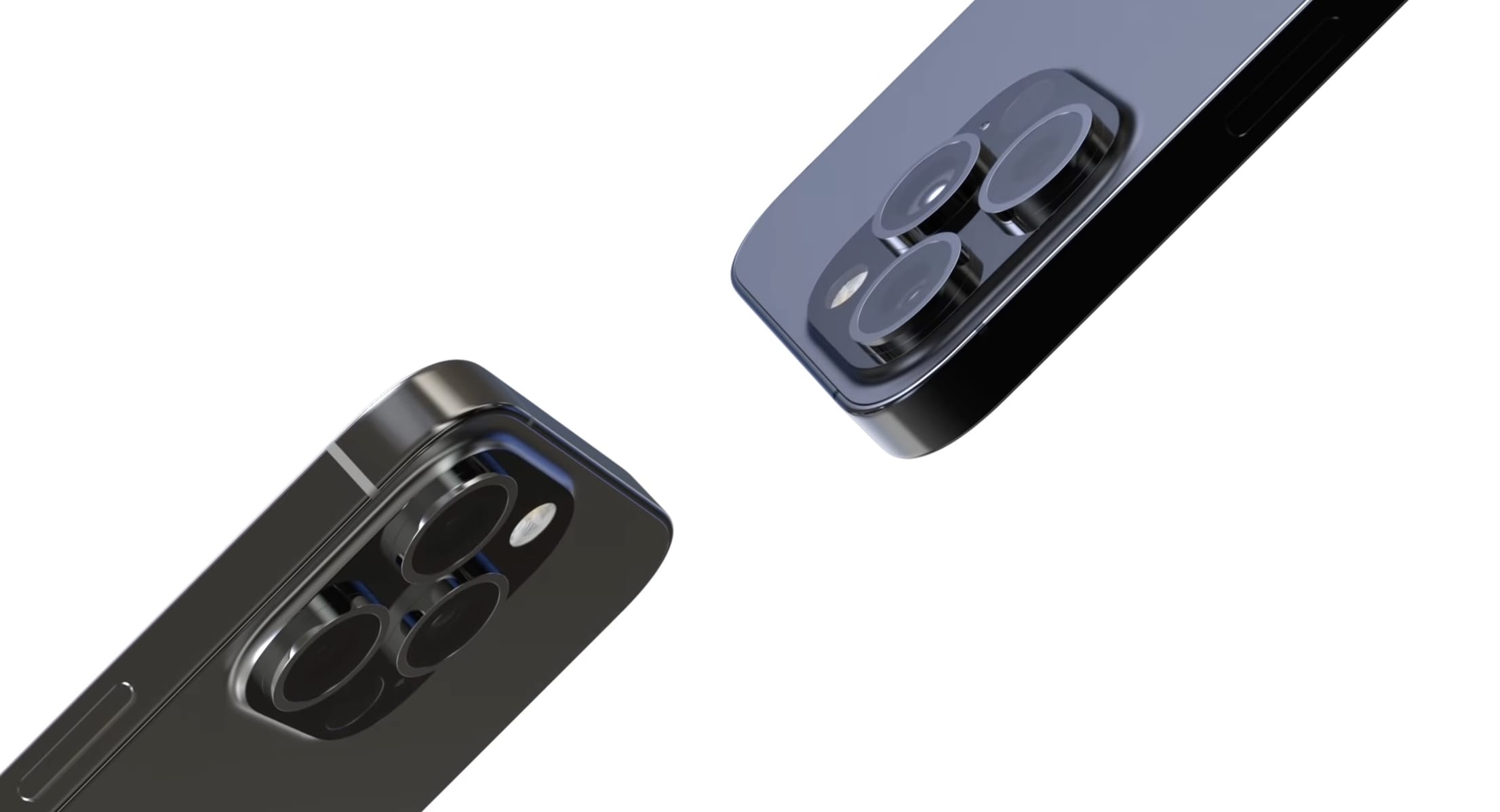
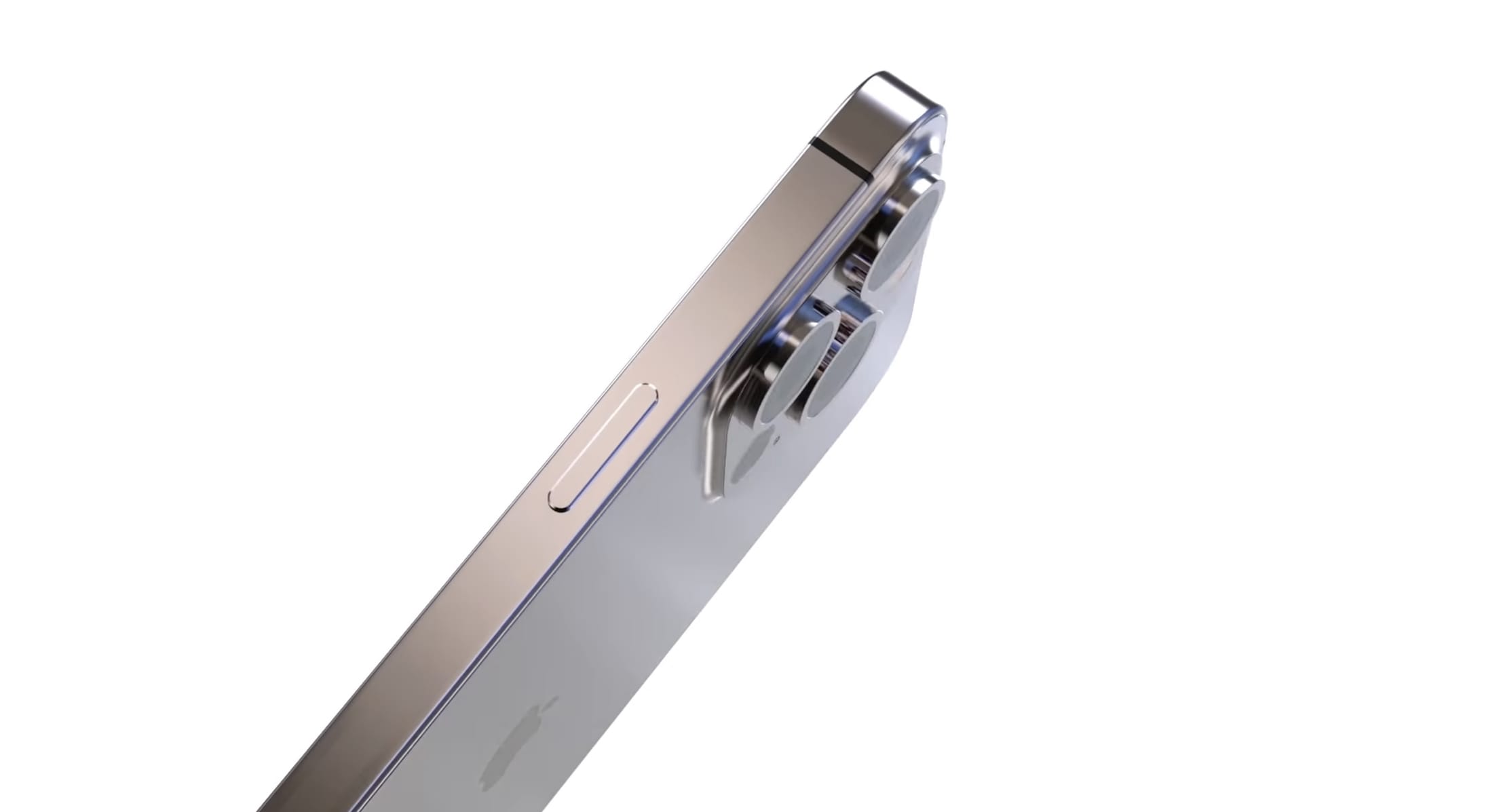
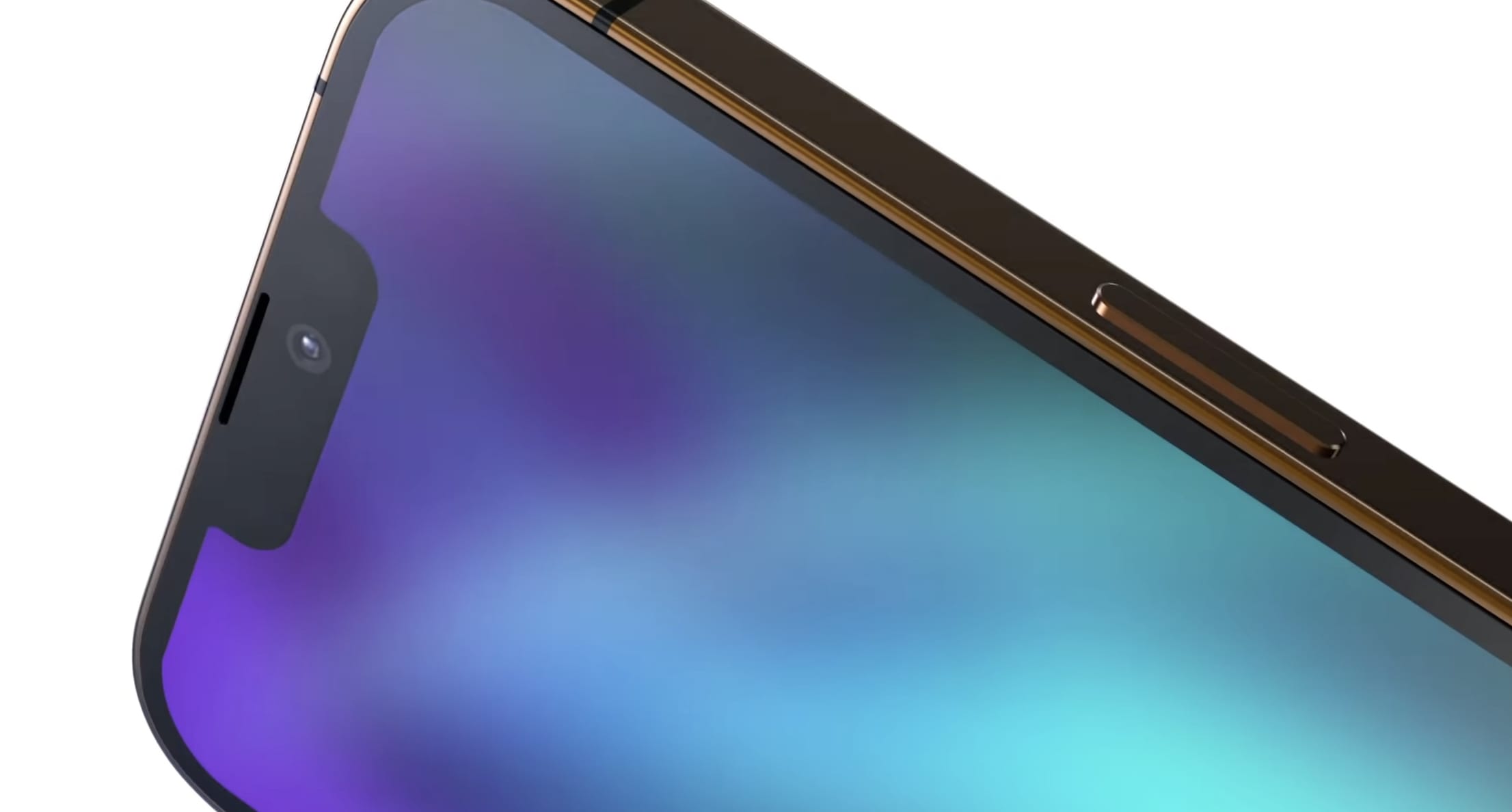
Good article, I appreciate it.
Nice article, thanks for your work 😊
👍👈